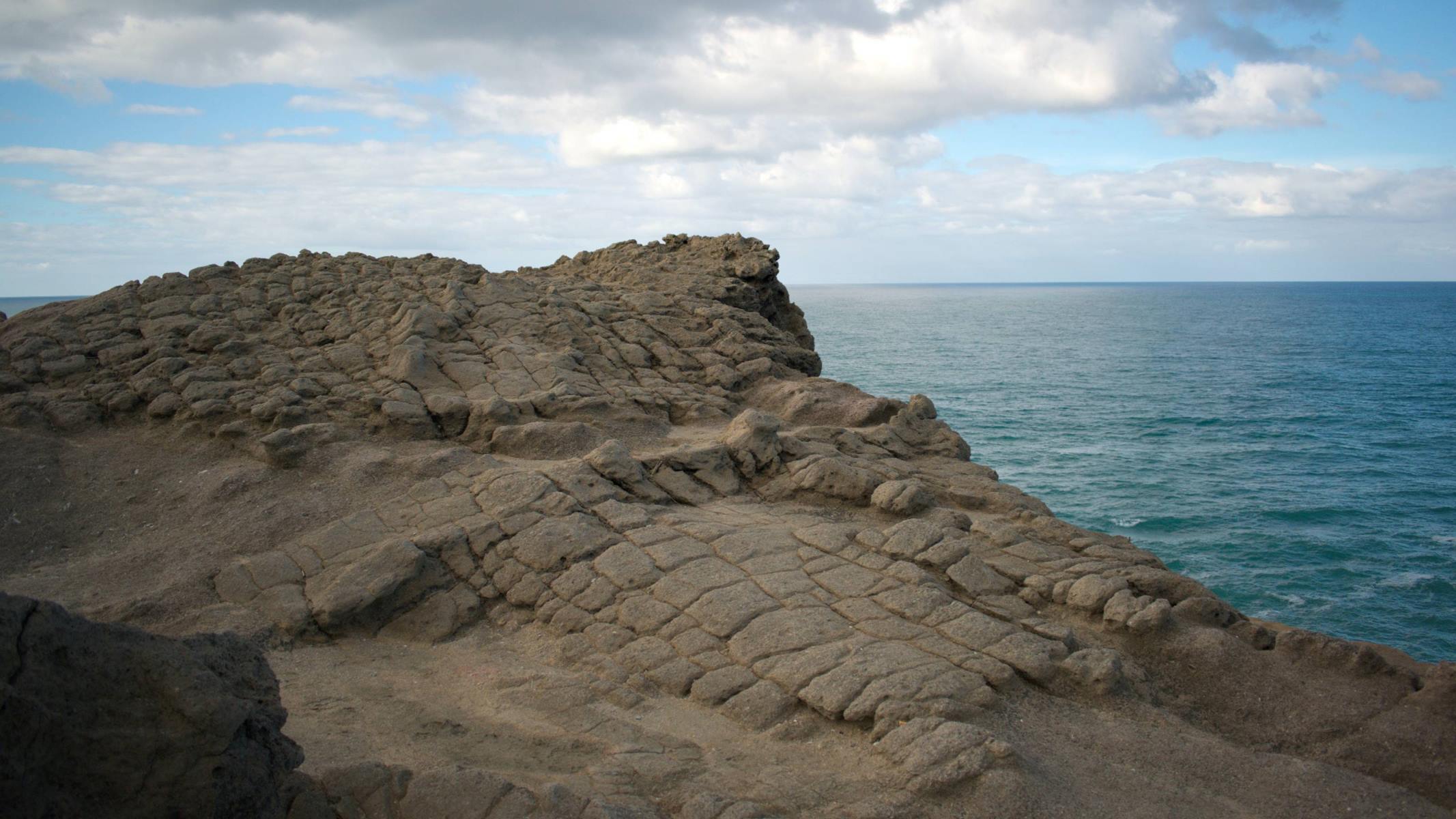Mysteries Of Hidden Tectonic Plate Boundaries

Have you ever wondered what lies beneath the Earth's surface? Hidden tectonic plate boundaries hold many secrets about our planet's dynamic nature. These boundaries are where massive plates of Earth's crust meet, causing earthquakes, volcanic activity, and the creation of mountain ranges. Understanding these hidden tectonic plate boundaries can help us predict natural disasters and learn more about Earth's history. From the deep ocean trenches to the towering Himalayas, these boundaries shape our world in ways we often overlook. Join us as we explore the fascinating world of tectonic plates and uncover the mysteries that lie beneath our feet.
What Are Tectonic Plate Boundaries?
Tectonic plate boundaries are where Earth's plates meet. These boundaries can be sites of intense geological activity, like earthquakes and volcanic eruptions. Let's explore some hidden tectonic plate boundaries that intrigue scientists and adventurers alike.
1. The Gakkel Ridge
The Gakkel Ridge lies beneath the Arctic Ocean. This underwater mountain range stretches between Greenland and Siberia. It's one of the slowest-spreading ridges, making it a unique study area for geologists.
2. The Scotia Plate
Located near the southern tip of South America, the Scotia Plate is a small tectonic plate. It interacts with the South American Plate and the Antarctic Plate, causing frequent seismic activity. This hidden boundary is crucial for understanding the dynamics of plate tectonics in the region.
3. The Sandwich Plate
The Sandwich Plate, found in the South Atlantic Ocean, is another small plate. It lies between the South American Plate and the Antarctic Plate. This boundary is known for its volcanic islands and deep-sea trenches, offering a glimpse into the Earth's inner workings.
4. The Caroline Plate
The Caroline Plate is situated in the western Pacific Ocean. It borders the Pacific Plate and the Philippine Sea Plate. This hidden boundary is significant for studying the complex interactions between oceanic and continental plates.
5. The Rivera Plate
The Rivera Plate is a small tectonic plate off the west coast of Mexico. It interacts with the North American Plate and the Cocos Plate. This boundary is known for its seismic activity, providing valuable data for earthquake research.
6. The Explorer Plate
The Explorer Plate, located off the coast of British Columbia, Canada, is a small plate that interacts with the Pacific Plate and the Juan de Fuca Plate. This hidden boundary is essential for understanding the tectonic processes along the Pacific Northwest.
7. The Philippine Sea Plate
The Philippine Sea Plate is a major tectonic plate in the western Pacific Ocean. It borders several other plates, including the Eurasian Plate and the Pacific Plate. This boundary is known for its complex geological features, such as deep-sea trenches and volcanic arcs.
8. The Amurian Plate
The Amurian Plate is a small tectonic plate in East Asia. It interacts with the Eurasian Plate and the Okhotsk Plate. This hidden boundary is crucial for studying the tectonic activity in the region, including earthquakes and volcanic eruptions.
9. The Somali Plate
The Somali Plate is located in the eastern part of Africa. It borders the African Plate and the Indian Plate. This boundary is known for its rift valleys and seismic activity, offering insights into the processes of plate tectonics.
10. The Burma Plate
The Burma Plate, situated in Southeast Asia, interacts with the Indian Plate and the Eurasian Plate. This hidden boundary is significant for understanding the tectonic activity in the region, including earthquakes and volcanic eruptions.
The Fascinating World of Tectonic Plates
Understanding hidden tectonic plate boundaries opens up a whole new perspective on Earth's geology. These boundaries, often concealed beneath oceans or deep within continents, play a crucial role in shaping our planet's landscape. They can trigger earthquakes, form mountains, and even create new landmasses.
Scientists use advanced technology like seismic imaging and GPS to study these hidden features. This research helps predict natural disasters and understand Earth's past. It's amazing how much we still have to learn about our planet.
Next time you feel the ground shake or see a mountain range, remember the hidden forces at work beneath your feet. The study of tectonic plates is not just for scientists; it's a story of Earth's dynamic nature that affects us all. Keep exploring, stay curious, and appreciate the incredible world we live in.

